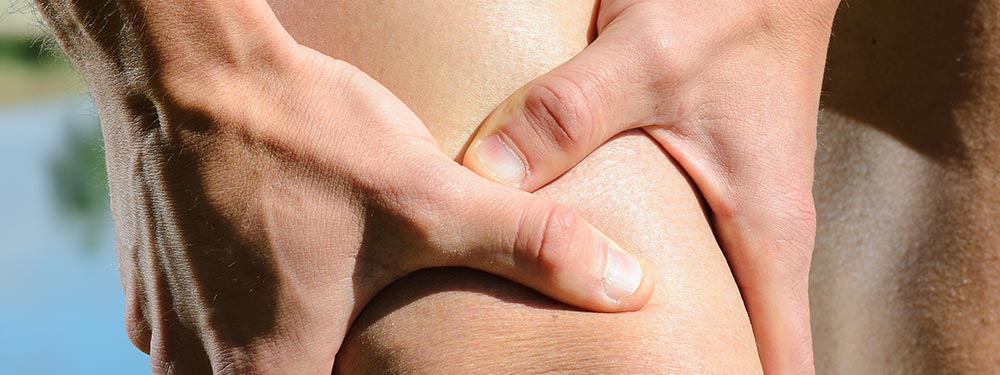Myositis is a rare disease in which the muscle fibers and skin are inflamed and damaged, resulting in muscle weakness.
There are several types of Myositis that affect different parts of the body. The persistent inflammation that is associated with Myositis develops slowly over weeks to months and often years, with progressive weakening of the muscles. Later in the course of the disease development muscle wasting or shortening (contracture) may develop. Myositis can range in severity from mild to debilitating.
Myositis is rare, affecting about 10 in one million people each year. It mostly affects women in the forties and fifties but men and children can also affect be affected, some at a young age (between the ages of 5 and 15). About 40,000 people in the United States may have this disease, with about 3,000 to 5,000 children affected.
Symptoms of Myositis
The first symptoms of most types of myositis are weakness and pain in the muscles of the hips and shoulders. The affected person may have trouble getting up from a chair, lifting the arms above the head, or climbing stairs, and may be too tired to walk or stand.
Myositis may also make it difficult for the person to speak or swallow. When the disease affects the lungs or chest muscles, the person may have difficulty breathing. Other symptoms may include fever and joint pain and swelling.
Diagnosis of Myositis
Myositis can a difficult disease to diagnose, because it is rare, because the symptoms develop slowly, and because it can be mistaken for other diseases causing muscle weakness such as limb-girdle muscular dystrophy. Many cases of Myositis go undiagnosed for years. The health care provider must rule out other conditions such as hypothyroidism, toxin exposure, drug reactions, and genetic disorders that can also affect muscles.
The physical examination will include a complete medical history focusing on symptoms and when they occurred, and blood tests for autoantibodies and muscle enzymes (for example, creatine kinase (CK), which when present in the blood indicates muscle damage). Specialized tests may also be performed, including:
- An electromyogram, which measures the electrical pattern of the muscles
- A muscle biopsy, in which a small piece of muscle is removed, stained, and examined by microscopic techniques to determine if muscle fibers are damaged and whether the muscle fibers are being infiltrated by cells of the immune system
- Magnetic resonance imaging (MRI) to identify areas of muscle inflammation.
Treatment of Myositis
There is no cure for Myositis. However, prompt and aggressive treatment may reduce muscle inflammation and prevent muscle weakness from progressing. Because of the many different kinds of symptoms and a wide range of reactions to different drugs, each person’s treatment for Myositis should be individualized.
Drugs that are used for treatment include corticosteroids, such as prednisone, to reduce inflammation and improve the body’s reaction to infections. Corticosteroids are usually taken in the form of pills, but may also be injected. The amount of creatine kinase (CK) levels in the blood are monitored to determine how well the medicine is working. Corticosteroid therapy usually leads to improvement in Myositis symptoms within two to three months, after which the dose can be lowered to avoid the side effects.
Need Help Affording Medications?
Patients who are having difficulty paying for their medications, and who have federally funded Medicare, Medicaid, TRICARE, or commercial insurance, may qualify for additional support from the following foundations below:
- Chronic Disease Fund | www.cdfund.org | 877-968-7233
- Patient Access Network Foundation | www.panfoundation.org | 866-316-7263
- The Healthwell Foundation | www.healthwellfoundation.org | 800-675-8416
- Patient Advocate Foundation | www.copays.org | 866-512-3861



